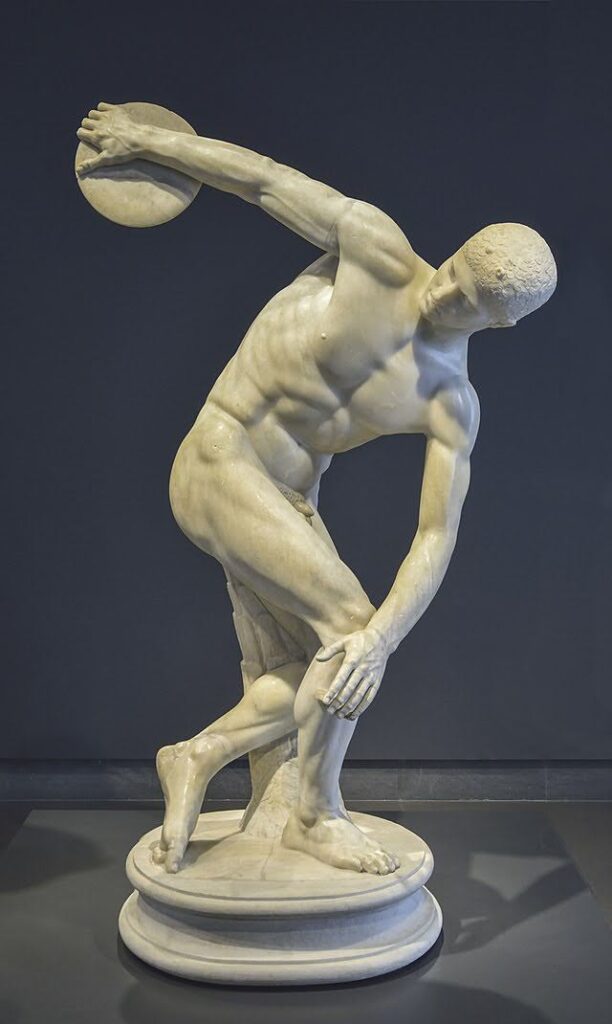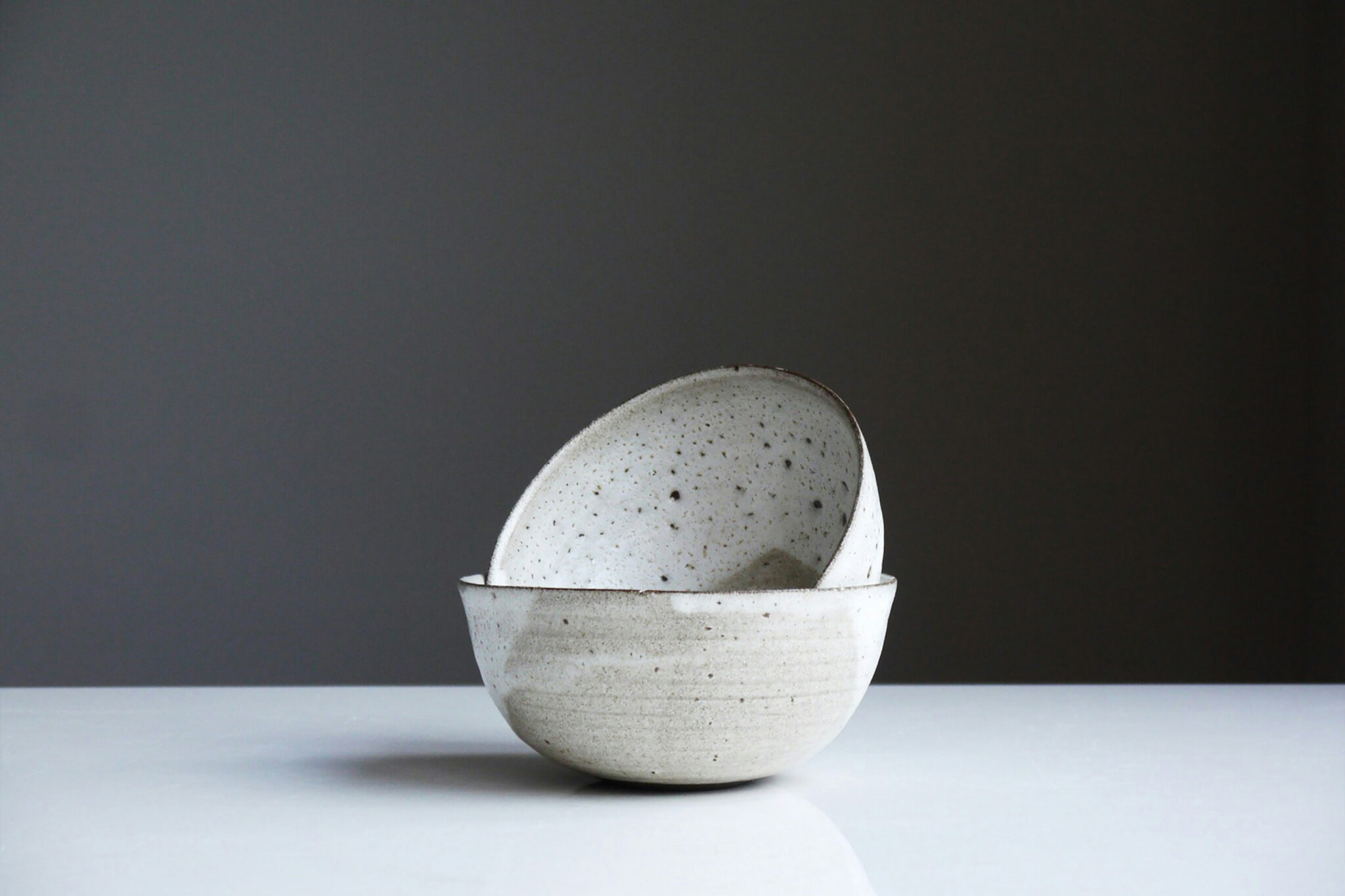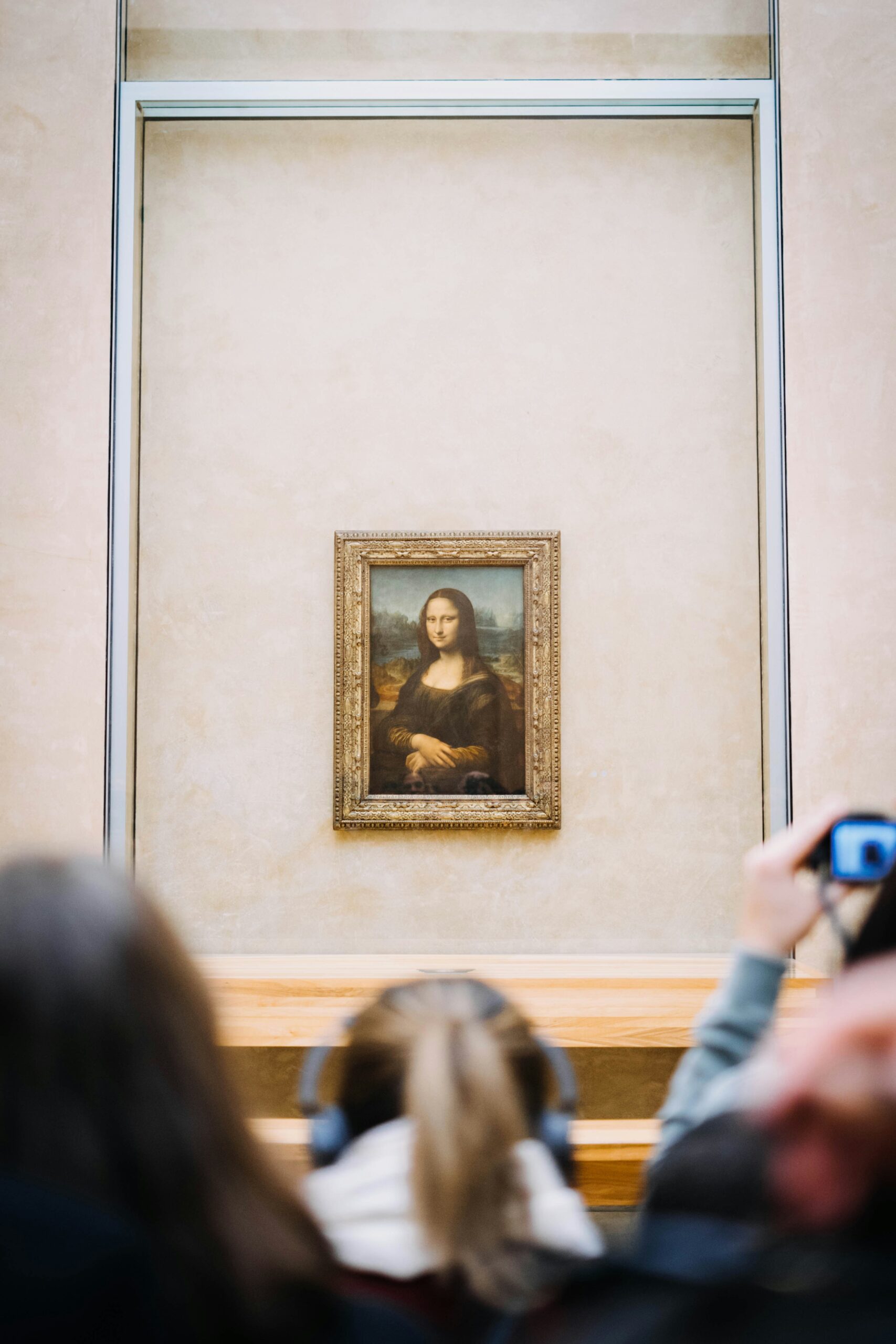AI – Artificial Intelligence has been rapidly evolving and advancing at a remarkable pace. The growing presence of AI has now become an unavoidable force in many fields – it’s not only being integrated into all sorts of mechanical technologies, but many people are starting to use tools like ChatGPT in their everyday lives.
One notable example is, Rie Kudan, the author of “Tokyo Sympathy Tower”, which won last year’s prestigious Akutazawa Prize stirred controversy by revealing that ‘5% of the winning novel was generated by AI’ at the award ceremony. Believe it or not, even this article might turn out better if I let GenAI write one….
“Technology and Art” Exploring the Fundamental Relationship with the Origins of the Words
So, what about it in the world of art? We must admit that we are starting to see an increasing number of artworks that incorporate VR/AR or drone cameras, alongside GenAI in recent years, reflecting how the world of art is adapting to technological advancements. Virtual museum tours have also become one of the most trending types of art content in addition to artworks themselves.

Yet, from the perspective of the relationship between ‘technology and art’, it becomes evident that these changes are not a recent phenomenon. In this series, we will casually look back at the history of ‘technology and art’, highlighting some of its major turning points. But before that, let’s trace the origins of the concept of ‘art’ in this article.
Here’s a question – what do you think is the origin of the word ‘art’? A theory suggests that the word comes from the Ancient Greek word ‘techne’ and the Latin word ‘ars’, both of which mean skill or craft.
The word ‘art’ did not only refer to its modern sense, but also encompassed a broader range of techniques, knowledge, and their applications – things like rhetoric, medicine, architecture, and even cooking – used to describe the many ‘crafts’ of human skill.
Technology and Art. Thinking back to school days, ‘technology’ and ‘art’ were taught as entirely separate subjects. However, we now find they are not so opposed after all as we understand the origins of these words.
From ancient times through the Middle Ages – before the modern era – art was, at its core, a craft. In Egypt, beauty was defined by the faithful reproduction of ‘perfection.’ Portraits of royalty and clergy were not mere likenesses; they were delicate performances of precision, capturing the essence of their subjects while concealing flaws, crafted to communicate power to the public and endure across generations.

“The Timeless Aesthetics of Craft — From Antiquity to the Jomon Period”
What about her in Japan? Taro Okamoto, best known for the Tower of Sun, is also well recognized for rediscovering the Jomon era through the lens of contemporary art. Okamoto was deeply stunned by the Jomon pottery – sleek torsos, tight waists and voluptuous curves. He praised the techniques and craftsmanship of the Jomon people as well as the sculptural beauty that sprang from it, recognizing it as the roots of Japanese art. His passion and admiration led him to write “Theory of Jomon Pottery”, a pivotal work that paved the way for art textbooks to begin with Jomon – and sparked the Jomon boom that followed.
Ancient “art” created with exceptional techniques. The progressive view of history – the belief that history unfolds in a linear, forward-moving direction, with each stage representing a step toward improvement, greater development and advancement – obviously cannot fully grasp the history of art. As the artistic expression and significance of the artworks shift with the passage of time, we come to see its greatness not as something remarkable despite its age, but as something profound because of its age. Just as with the art from the Jomon era, there are times when the silent traces left by unknown hands and artisans are elevated to the realm of art, their quiet beauty transcending time.
The Evolution of Technology and the Expanding Horizons of Expression in Contemporary Art
Artists, and the countless nameless hands that shape the world of art, have always sought to express themselves in harmony with the spirit of their time. It is for this very reason that, in this era where the internet connects the worlds and smartphones are in every hand, artists today crave interactive, immersive artworks that engage and resonate with the pulse of the present.

This article touched upon how technology (≒ craft) and art have been intimately intertwined since their very origins. In the upcoming series, we will dive more into the relation of technology and art, shedding light on the works of Renaissance masters like Leonardo da Vinci and Michelangelo, as well as the Impressionists, such as Monet.







